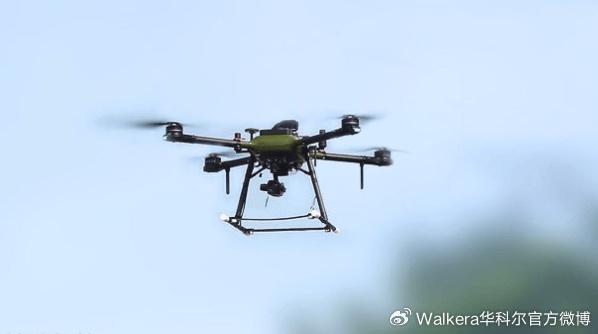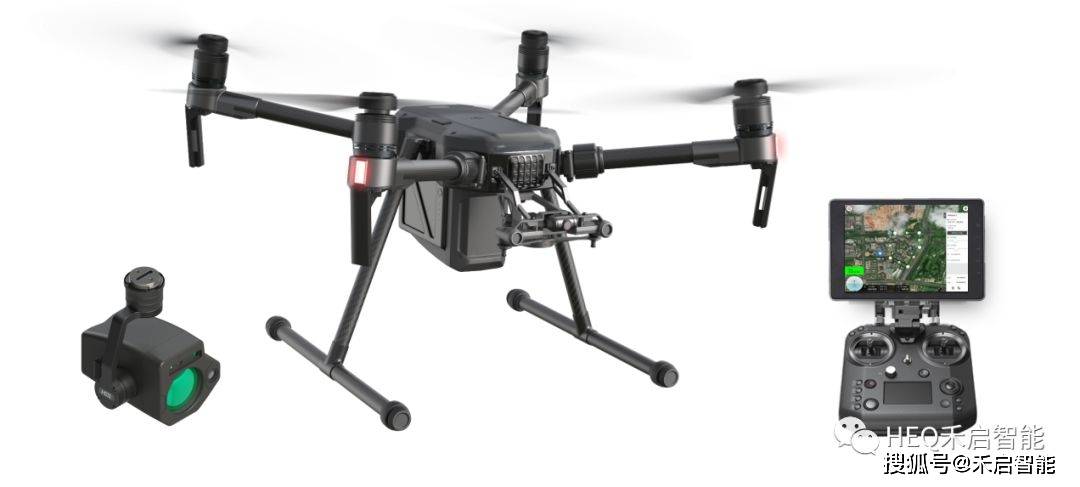Drones have flown far beyond the realm of mere entertainment and military applications. The rise of commercial drones has ushered in a myriad of possibilities for industries and businesses alike. With advancements in technology, these unmanned aerial vehicles are revolutionizing workflows and opening new vistas of innovation. Companies are increasingly embracing drones to enhance efficiency, safety, and accuracy in various sectors.
has ushered in a myriad of possibilities for industries and businesses alike. With advancements in technology, these unmanned aerial vehicles are revolutionizing workflows and opening new vistas of innovation. Companies are increasingly embracing drones to enhance efficiency, safety, and accuracy in various sectors.

Applications Across Industries
The versatility of commercial drones extends across multiple industries. In agriculture, drones are utilized for crop monitoring, spraying pesticides, and collecting data to optimize yield. These improved techniques enable farmers to make informed decisions, saving time and resources while boosting productivity. In the realm of construction, drones offer unparalleled advantages, from surveying land and infrastructure to monitoring progress and ensuring safety compliance. With aerial photography and 3D mapping, project managers can better visualize and control projects.
Real estate agents have also found drones invaluable. High-quality aerial photographs and videos showcase properties in breathtaking detail, attracting potential buyers with immersive visuals.
Commercial drones have made their mark in the transportation and logistics sectors as well. They provide rapid delivery services, decreasing turnaround times and enhancing customer satisfaction. Companies like Amazon and UPS have already piloted drone delivery systems, indicating the future of logistics. Emergency response teams benefit from the agility and speed of drones, providing aid and reconnaissance in disaster-stricken areas.
Innovations Driving Growth
Drones are equipped with cutting-edge features including AI-driven obstacle avoidance, extended battery life, and high-resolution cameras. These innovations enhance their capabilities, making them indispensable tools in commercial settings. GPS integration, real-time data collection, and enhanced connectivity are some facets pushing drone technology forward.
Further enhancements are continually emerging. Consider drone swarms, groups of drones working collaboratively to complete tasks efficiently. These swarms could soon be seen in search and rescue missions, agricultural operations, and more, reflecting the growing scope of drone capabilities.
Regulatory Environment and Challenges
The expansion of commercial drone use brings about regulatory challenges that must be addressed. National agencies are working to establish rules ensuring safety and privacy without hindering innovation. It’s vital for businesses to stay informed about these regulations to seamlessly integrate drones into their operations.
While challenges such as short battery life and restricted flight zones persist, ongoing research and development are continually addressing these issues, paving the path for more robust and efficient drones in the commercial domain.
FAQ
- Are there restrictions on where drones can be flown commercially?
- Yes, there are restrictions, particularly around airports and populated areas. Regulatory bodies like the FAA have specific guidelines to ensure safety and privacy.
- Can drones be used for doing inspections?
- Absolutely, drones provide safe and efficient inspection options for infrastructures like bridges, towers, and wind turbines, reducing the risk to personnel.
- What future advancements are expected in commercial drones?
- Future advancements could include longer battery life, improved AI for data analysis, and enhanced swarm operations for coordinated drone activities.